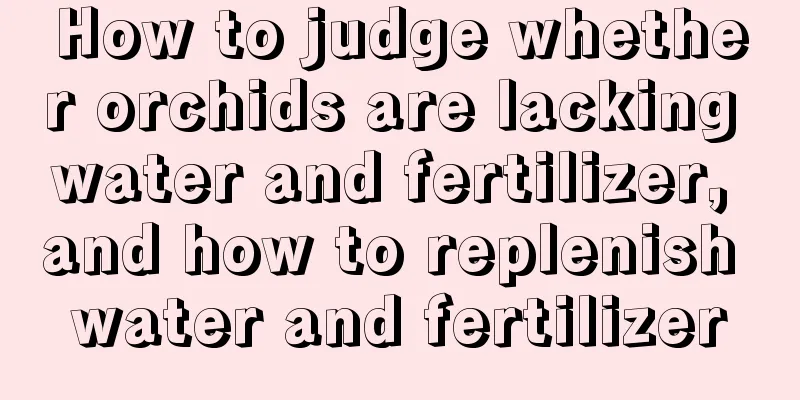How to effectively "detoxify" after decorating a new house

SymptomsAfter moving into a new house, the highest incidence of skin itching, redness and swelling is found; followed by dry throat and hoarseness; eye discomfort and fatigue; nasal irritation, blockage and runny nose; coughing and sputum; heavy head and dizziness; chest tightness, shortness of breath and nausea. How to reduce "toxic gas"So, how to reduce the "toxic gas" in the new room? Experts suggest that ventilation is the simplest and most effective method. Ventilation helps release harmful substances such as formaldehyde and benzene, especially when the temperature is high and the humidity is high, because pollutants are released fastest at this time. Studies have shown that the formaldehyde content in the indoor environment is closely related to the indoor temperature, humidity and ventilation conditions. The higher the temperature, the greater the humidity and the better the ventilation conditions, the more conducive to the release of formaldehyde. Therefore, indoor ventilation is an effective way to remove formaldehyde. Air exchange devices or natural ventilation can be used, which is conducive to the dispersion and emission of formaldehyde in indoor materials. Plant purificationIn addition, planting some suitable flowers and plants in the living room can not only embellish the new house, but also effectively "eliminate toxins". In order to effectively absorb harmful gases in newly renovated rooms, the first flower to be recommended for purification should be spider plants. It is known as the "purifier" of indoor air and has a strong formaldehyde absorption capacity. Aloe vera is also a natural green plant that purifies indoor air. It can also absorb formaldehyde under sufficient light. Flowers such as agave and tiger tail orchid can absorb a variety of harmful gases and also have the ability to absorb formaldehyde. Flowers such as cacti and succulents can not only absorb harmful gases produced by decoration such as formaldehyde and ether, but also absorb computer radiation. The cycad is an expert at absorbing indoor benzene pollution, and it also has a good effect on absorbing formaldehyde found in carpets, insulation materials, and plywood. Roses, roses, etc. can also absorb more harmful gases such as hydrogen sulfide, hydrogen fluoride, phenol, and ether. Daisies and evergreens can effectively remove trifluoroethylene pollution. Chrysanthemum has the ability to absorb benzene and xylene, effectively reducing benzene pollution. Health TipsHow to determine the degree of pollution in the room? For residents, in addition to using their nose to determine whether there is irritating formaldehyde gas in the indoor air, they can also use the simplest monitoring method: that is, raise a few goldfish in a fish tank, place the fish tank on the table, and observe the survival status of the goldfish. The fish are living well, proving that the formaldehyde concentration in the room is not high. If the fish dies, it means the formaldehyde concentration is seriously above the standard. |
<<: Do you want to make your living room full of elegance?
>>: Aromatic Journey: Shanghai Chongming Island Lavender Festival
Recommend
When is the best time to sow Cassia seeds?
Cassia seed sowing time Cassia seed is an herbace...
Why can't the azalea seedlings survive? When can they see the sun?
1. Why can’t the plant survive? 1. Unsuitable soi...
How to propagate mulberry trees by cuttings
Material selection Cuttings are usually taken in ...
How to grow red succulent
Growth habits of red juvenile Red basil is native...
How to grow peony flowers, pictures of peony flowers
1. Maintenance methods 1. Temperature: Peony is s...
Is Hibiscus suitable for growing at home?
Can I grow hibiscus at home? The answer is yes. A...
How many pounds of nectarines are produced per mu? The annual income and profit of growing nectarines
Nectarine yield per mu Nectarine is a relatively ...
How much temperature should be outside to move succulents indoors?
If the temperature is below 5 degrees Celsius, yo...
Causes and treatments of yellow leaves of round-leaved arrowroot
1. Temperature is too low Reason: It likes warm e...
What is the best season to plant Yanghe? What is the best month to plant Yanghe?
The main steps of Yanghe planting are turning ove...
A 68-year-old grandfather spent 10,000 yuan to build the most beautiful private garden, and foreigners came to visit!
In 2002, Zhang Taipei learned from a friend that ...
Cultivation methods and precautions of Sichuan pepper
1. Maintenance methods 1. Temperature: It is not ...
How to grow small fruit persimmon bonsai
1. Breeding environment 1. Soil: Loose soil can b...
Cultivation method of northern yew
1. Watering When the northern yew is growing, the...
Plant any of these 6 kinds of flowers and within a month, your north balcony will become a million-dollar garden!
Ou Yue Who says roses can only be grown outdoors ...









